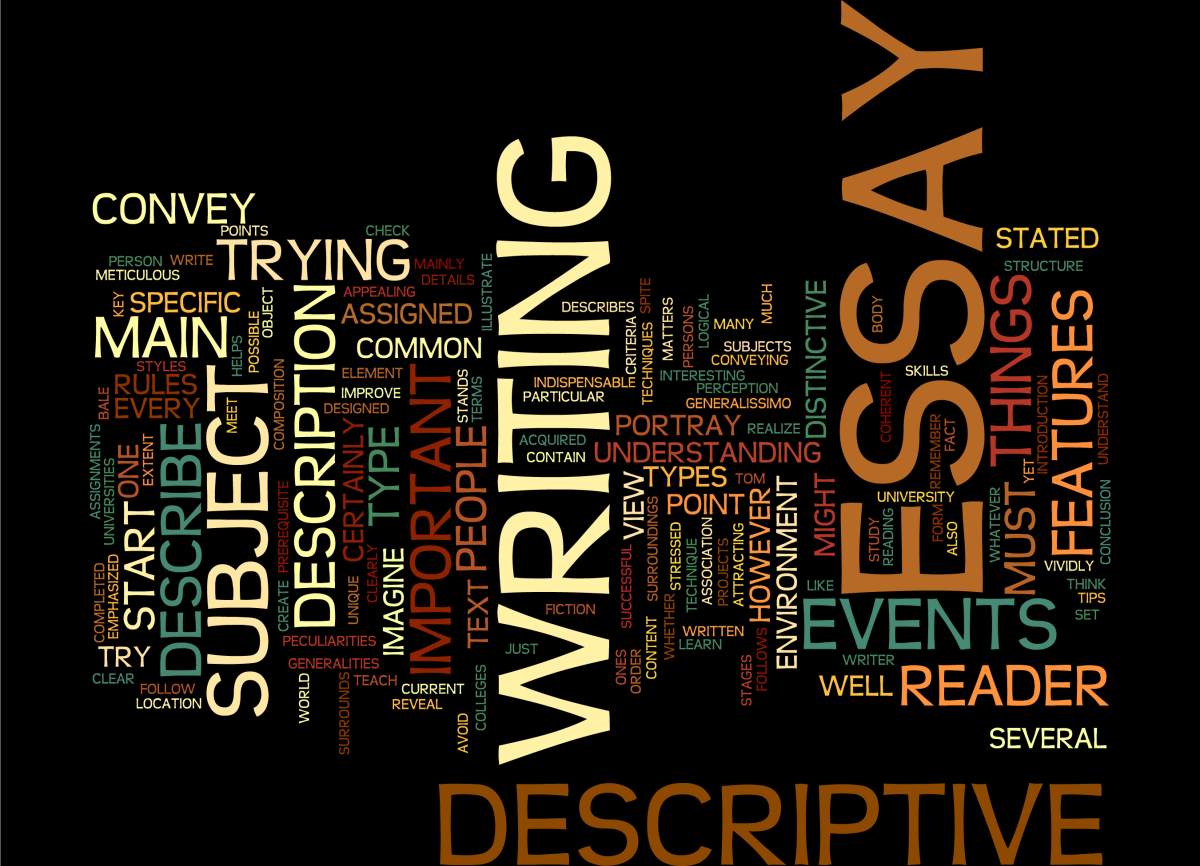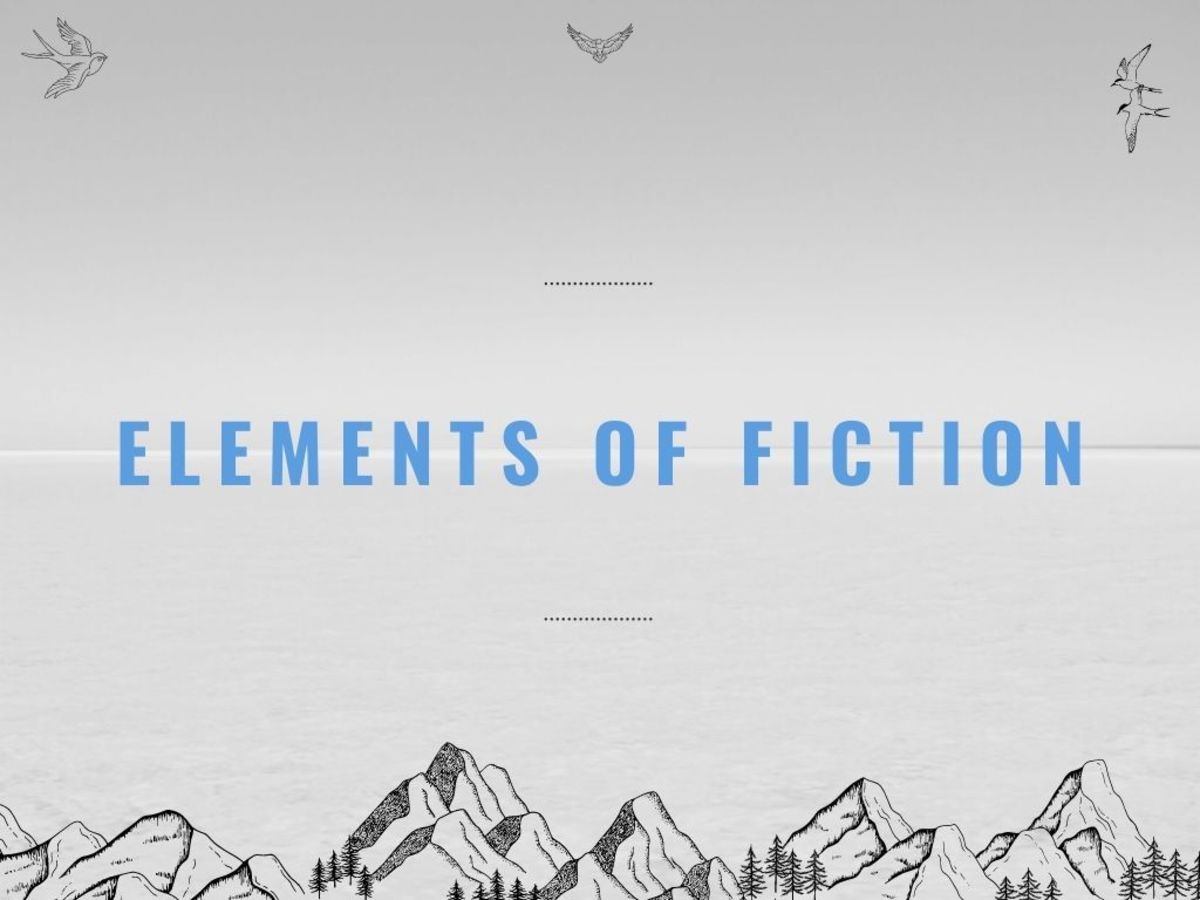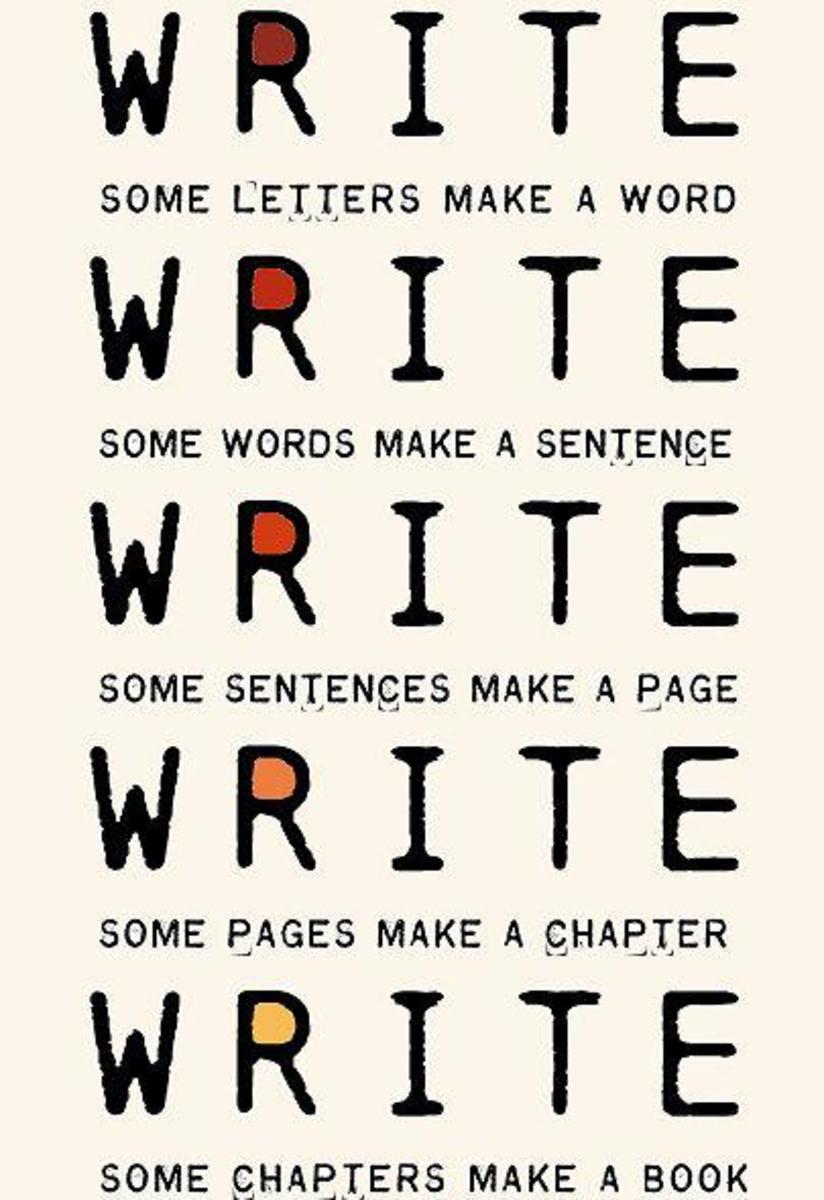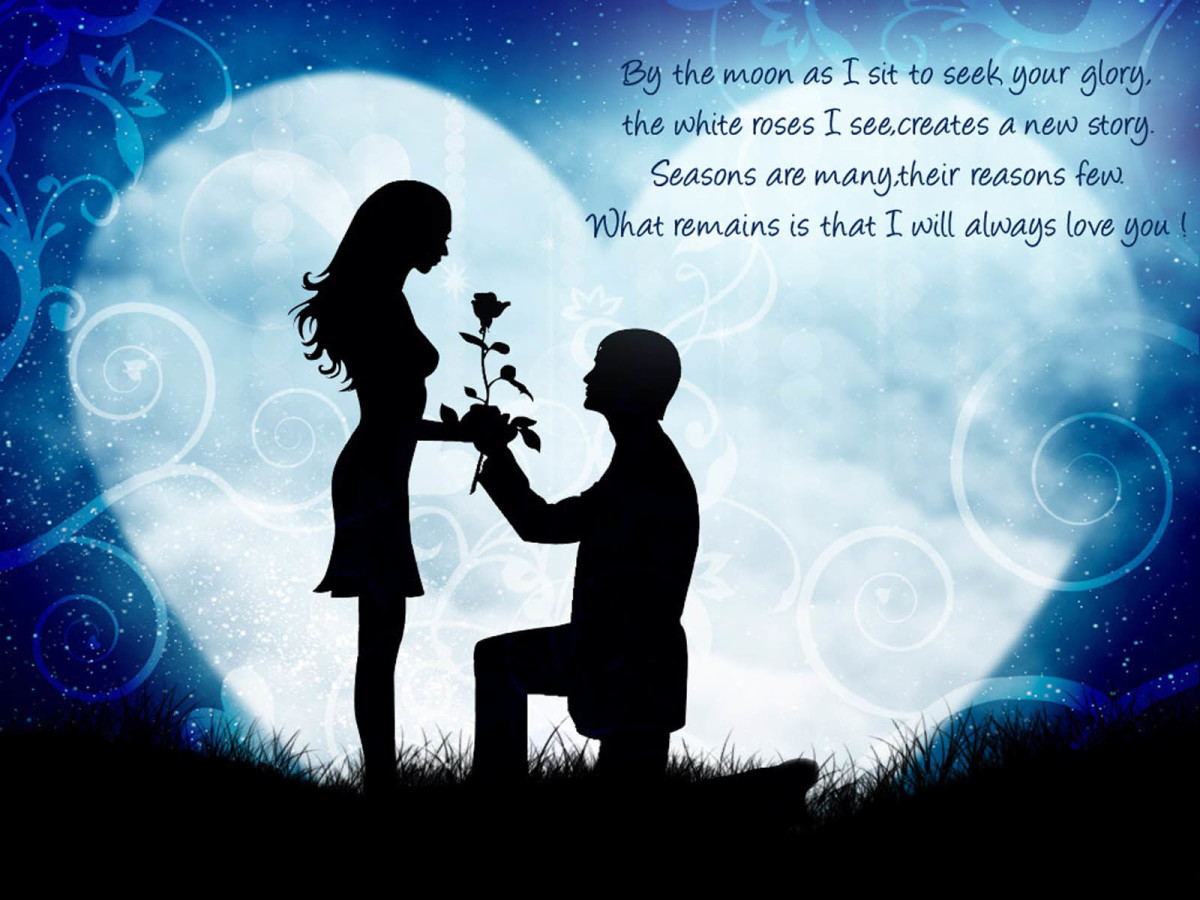Writing Thoughts: The Basics of Story
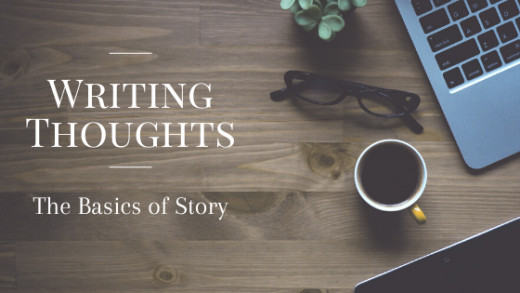
The Basics of Story
How do you create a compelling story? The long version of that answer would take weeks. I'll start with some key things I've learned that you can use for the broad strokes of your next novel.
Ideas
It all starts with an idea. But how do you get an idea you can turn into a novel?
Ultimately it depends on what produces the most compelling ideas for you, but I'll share some sources of inspiration that work for me.
1. Dreams
This one is out of your control, but my first story idea came from a dream so I have to put it in. Dreams are often wacky, out of sorts hallucinations from the brink of the subconscious, and that's why they tend to work so well.
2. Dialogue
I'll be the first to admit writing dialogue wasn't always snap for me, but once I got the hang of it, I started practicing with five to ten lines of random dialogue between random characters. I write whatever dialogue came to mind, and the characters rise up to fill them. I found scenes from in-progress stories coming to life. Why? Because real people always have something to say, and someone is usually there to return the favor.
3. Brainstorm/Free Writing
When the words aren't flowing, I write down whatever words come to mind, and I couldn't care less what they are. Red hippopotamuses charge at dawn? Sure. The softly sinking sun flung colors across the horizon? Alright. Today I ate a bagel; we were out of cream cheese and honestly, it was a tragedy akin to Shakespeare? Totally fine.
I let my mind ramble on in a continuous stream and write down as much as I can. Sometimes it goes nowhere and that's completely fine. Words are on the page, and I'm the one that put them there.
4. Nature
Are you an outdoorsy person? Do like the sound of the sand and sea?
I've found that that writing about the smallest detail can jumpstart my scene. Even a few lines of powerful writing about nature can spawn a whole new idea. Two lines about birds fleeing from coming rain turned into a solid story. A scenic view of monstrously large and unfamiliar mountains spawned one of my favorite fantasy novel ideas.
5. Passion
Channel your obsessions. Obsessions are good seeds to start with because you already have a sustained passion on the subject. What are you passionate about? It can be a TV show, a cool book series you were amazed with as a child, nature, skateboarding, child psychology... anything that gets your writing flowing.
You can use these passions and look to the core of them. What about your obsession hits home for you? Is it the awesome sci-fi setting? Cool assassins in black gear? The oh-so subtle yearning between two beloved characters? Whatever it is, you can channel that into the seeds of your own creation.
Characters
Characters are the bread and butter of story. Even an amazing plot will fall short with flat characters to hold it up. This isn't to say plot is unimportant. It is, and you can't neglect it, but the best plot in the world can't hold up bad characters.
Characters give us motivation. Characters make us root for them; they're why we invest so much feeling in a story. A good character should work as a writing tool and a story device.
Here are a few quick and dirty tips on crafting characters.
1. Don't Make Them Perfect
This one seems obvious, but a common mistake for early writers is to make your main character, or any character, perfect.
Though fictional, your character is a human being. He or she isn't perfect. He cries over baby penguins. She laughs at inappropriate times. He has a tendency to daydream when someone important is talking, and it creates friction with other characters.
Imperfect or flawed characters tend to interact with others in more interesting ways than perfect characters do. This creates authentic relationships and sincere dialogue.
2. Dialogue
When characters speak, it's a blend of what you need for the story, a reflection of his or her knowledge, emotions, and normal human conversation. Stilted dialogue feels scripted. Authentic dialogue reads like a conversation. One of the simplest ways I develop characters is to let them talk to each other on the page. What they have to say might surprise you!
Dialogue reveals character goals, history, hopes, and dreams. I use each of these to manufacture conflict and jumpstart scenes.
3. Hopes and Dreams
One of the easiest ways to flesh out character motivations is by asking one question: what does my character want?
Does my character want an ice cream cone on a hot day? Do they want to know if a secondary character secretly likes them back? Do they want to avenge their mother's death?
Once your character wants something, you can run circles around plot and deprive beloved characters of the very thing they want most. Want creates depth and it makes for interesting characters as you move the plot forward.
Plot
You can have great characters, spitting dialogue, and the most amazing idea known to mankind, but it all sits in a pool of undefined mental sludge if you don't have a plot structure to keep it all standing.
1. Structure
There are many patterns in writing structure, such as the basic three act structure, the Hero's Journey, the circular plot, and so on and so forth. In general, you want to have a beginning, a middle, and an end, with some sort of conflict throughout. Here are some basic things you want to accomplish in each:
- Beginning: Establish the setting, character, and conflict.
- Middle: Serve the meat of the drama. Set up the dominoes you need to fall in the final act. Make us care if they fall the wrong way.
- End: The final battle commences! The main character faces the ultimate test of his or her internal struggle! Whatever the climax of your novel is, it happens here.
2. Methods
Plotting methods are so numerous and varied that I'd be remiss if I tried to list them all here, and even more so if I tried to evaluate each one.
The best plotting method is one that works for you. Some people use worksheets, screenplay apps, the snowflake method, cork boards and index cards, a rambling stream of thought, excel sheets, and so on and so forth. Each style works in different ways, and the trick is to find one that sets your story up to let the plot advance and flow.
Do you want a more detailed list of plotting methods to try, and tricks I use in my own writing? Let me know in the comments below!
3. Plotters vs. Pantsers
Sometimes called Architects and Gardeners, writers tend to fall into one of two categories when planning their novels:
- Plotters detail out exactly where they want their story to go, step by step, scene by scene, and/or decision by decision. These novels tend to be very well organized and planned ahead of time. Plotters are the writing equivalent of people who make a daily itinerary for their weeklong vacation. They know what they want to do, and when they want to do it.
- Pantsers, so called because they "fly by the seat of their pants", start with an idea, characters, or a seed of plot. From there, they write and let the story unfold on the page. This type of writer enjoys watching the characters come to life naturally as the story progresses.
Do you have any hiccups you run into with your writing style? Feel free to let me know in the comments below!
By this point, we have a huge chunk of information about the story and you've become that kid from math problems: Jason has 99 bottles of soda, and only so much money to spend. So how does we choose which soda to keep and still host a great party? In writing, we call it craft.
Craft
For a long time, craft was an abstract, vague notion in my head. Authors would talk about it and I'd nod my head along and frown, feeling like I'd been left out of trade knowledge.
Google's definition of craft (in writing) is from a blog post by author Nancy Curteman. "Writing craft consists of the basic elements that make our story readable. It consists of strategies such as plot, characterization, dialogue, pacing, dramatic structure, and point of view."
Craft is about how you create your novel. Like Curteman said, it's about all the pieces, large and small, that make up your story. It's what you write about, how you write it, and what tools you use to develop your novel.
Craft is the subtle art and dramatic tension that pulls your readers through your story, eagerly flipping page after page. It's the prose in which you write, draping long, flowery descriptions or slamming out short fights, leaving blood dripping from the page. It's being able to immerse the reader, taking the skills you've learned to reach right into our hearts and squeeze with ink-draped fingers until we burst into tears. It's a beautiful experience and one of those skills a writer never stops working on.
No one can tell you how to develop your craft correctly. I'm happy to help you along the way, and I sincerely hope these posts help, but the truth is that learning how to write comes from writing.
Remember, no one can craft a story the way you can, and I look forward to tearing through the pages when you're done.
Thank you, lovely readers!
P.S. The first draft of this post was over 4000 words, so if you'd like more detail and depth on any of the topics above, stay tuned; there's more where that came from!
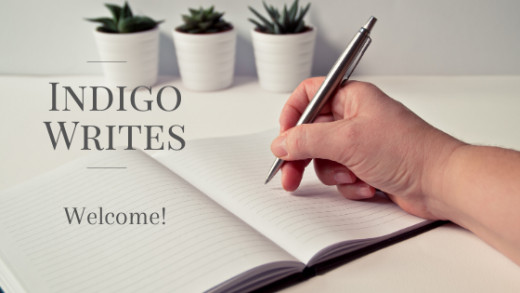
© 2020 Faith Indigo

